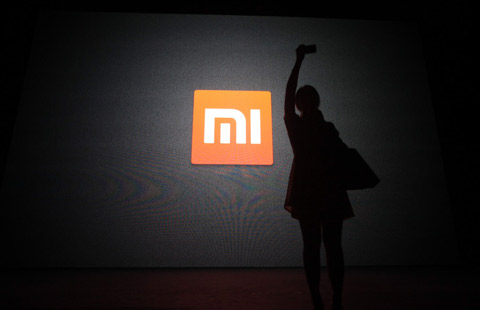Pearson chief promises a big push into China's education sector
By Wang Zhuoqiong (China Daily) Updated: 2014-11-24 08:19
 |
|
Pearson Plc's pavilion at a book fair in Beijing. The global education service company said that its business revenue in China reached $300 million last year from $10 million in 2007 when it entered the Chinese market. [Photo / Provided to China Daily] |
Global giant to take mixed, blended learning approach for success
Pearson Plc, the global education service company, is planning a major push into China in response to the country's swelling demand for English-language skills both from students and the business community.
Pearson acquired one of the world's leading providers of English language training Wall Street English in 2009, which has dozens of sites across the country. It also bought the Beijing-based Global Education and Technology Group for $294 million in 2011, which is considered the largest test preparation provider for the International English Language Testing System and a leading provider of educational courses and related services in China.
John Fallon, Pearson's chief executive officer, who visited Beijing recently, said rising numbers of Chinese students are looking to study at English speaking universities, a lot of which are raising their English entry requirements.
Also, as many companies continue their push overseas, and international firms invest in China, the expectations are rising for English language proficiency.
Fallon says both those specialist subsidiaries are still performing in line with expectation and that he was excited with their growth potential.
The group is now on track to integrate the companies, he said, and he hopes they can start to operate as one in China.
Late last month Pearson, which also owns high-profile consumer titles such as Britain's Financial Times newspaper, reported a 6 percent decline in third-quarter revenues as the strength of sterling affected sales in North America and emerging markets.
But it revealed business generated from digital products and services more than doubled to 60 percent of revenues.
In Beijing, Fallon said its business revenue in China has grown from $10 million in 2007 when he first visited the market, to $300 million a year now.
The education service provider, he said, has been accelerating investments in developing markets with the focus shifting from print to digital and from education products to services that demonstrate clear learning outcomes.
"In the United States as in many countries in the world, we are seeing students switch from textbooks to digital products and services," says Fallon, adding that it is still important, however, to offer what he called "a mixed, blended learning approach" in which a book "still has utility and functionality and value".
"You combine the benefits of learning online with some face-to-face interaction with teachers," he says. "That engagement may happen vertically or involve coaches who support you or phone you along the way. But it is important to have personal engagements to make sure the investment of online learning helps students to achieve the outcome they desire."
With annual global sales of $8 billion, Pearson has about 70 million users learning through its products and services.
- Cash crunch fans expectation on RRR cut
- US extends antidumping duties on China's thermal paper
- Modern food van with ancient look in Shanghai
- China home prices continue to cool in November
- Asia's top 3 billionaires all Chinese
- Old investment remedy the treatment for China's "new normal"
- China's solar sector opposes US anti-dumping ruling
- BMW to recall 846 cars in China
















